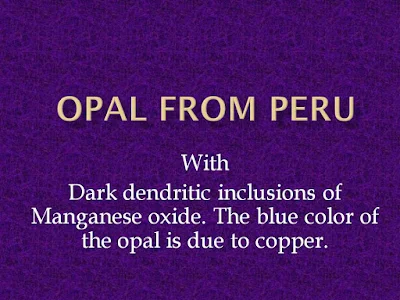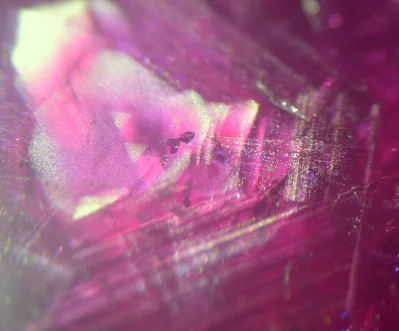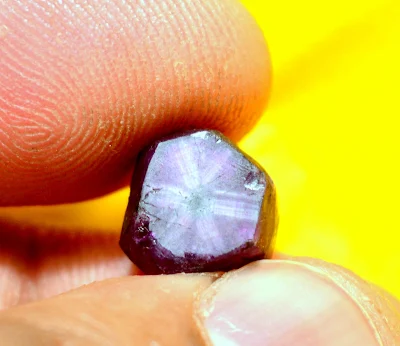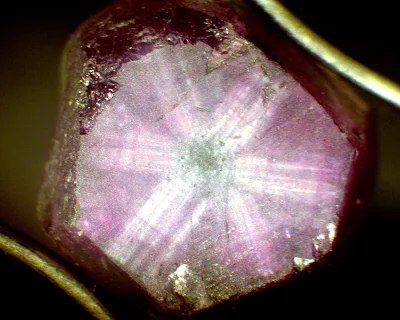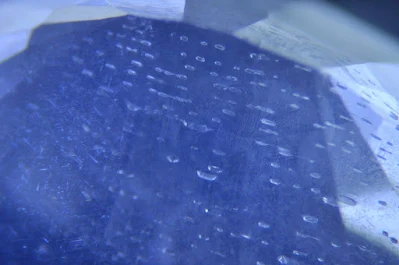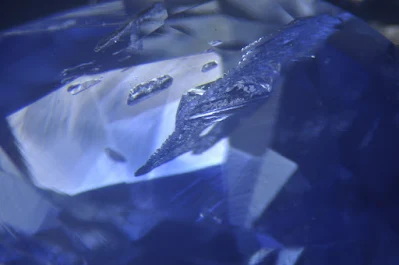Emerald Vs
Green Beryl
Emerald can own its green coloration to Chromium and iron, but the
question was raised when vanadium colored green beryl was found in Brazil... Up
to this point it was common that 'emerald is the green variety of beryl, it is
colored by chromium". Most emeralds are colored in fact by iron and
chromium, some other stones can also colored by vanadium.
For most gemological laboratories the standard
is that if an green stone from the beryl family shows some chromium spectrum
and present a chromium percentage higher than 0,1% then it can be called
emerald.
If not its a green beryl...
This 0,1% "standard" is coming from
a Kurt Nassau proposal in order to solve the proble opposing colombian emerald
dealers and Brazil or African dealers: As most of the colombian emeralds which
are the traditional emeralds owns their color to chromium and iron. The new
emeralds from brazil were vanadium rich. The Colombian dealer lobby was the
stronger, this proposal has been globally accepted.
You can so have a very saturated green beryl
colored by vanadium but without the 0,1% of chromium and a weak green emerald
that can be called emerald despite its weak green color because its host 0,1%
of chromium...
But anyway on internet an emerald sells better
than a green beryl... so many people try to be ingorant in order to make better
sales and margins. In gem business it is sad to say but the greed of some is
very well completed with the greed and the greater ignorance of the others!


























